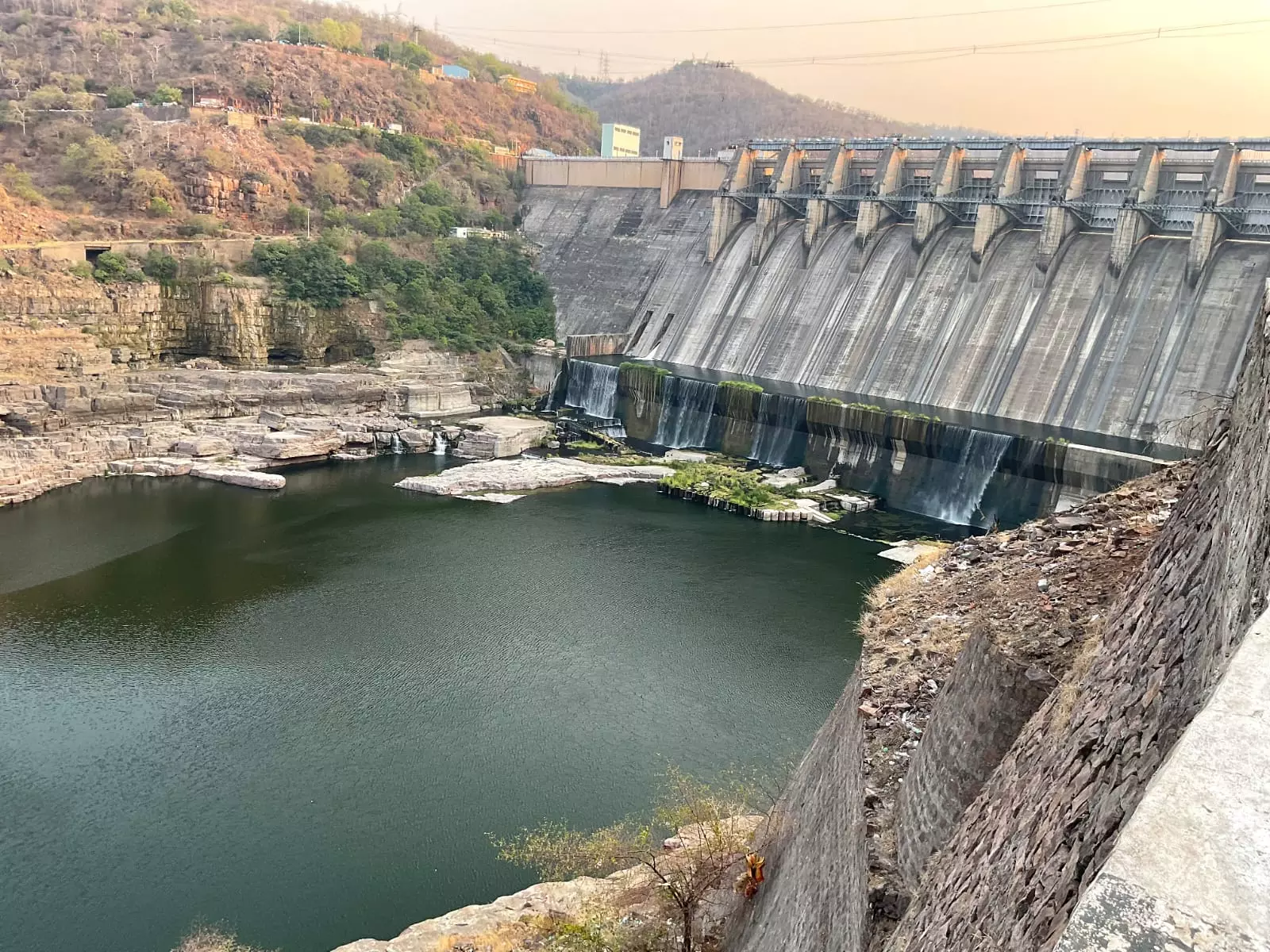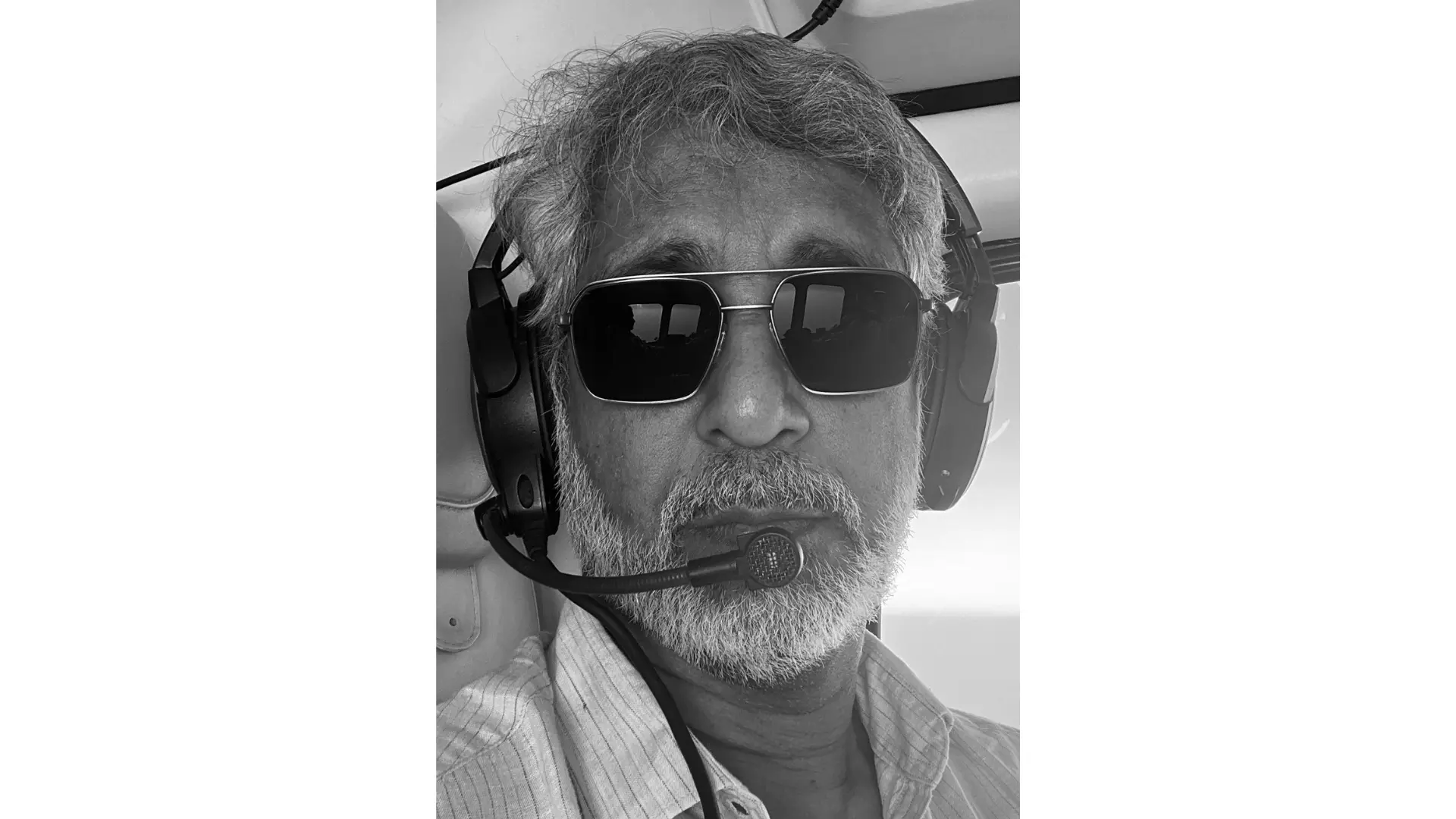Telangana urges AP for urgent repair of Srisailam dam
Hole just kept getting bigger and deeper with each passing year

Hyderabad: The safety of Srisailam dam, particularly the condition of a huge void in the plunge pool area that can affect the stability and safety of the dam itself, not just needs urgent attention but repairs over which time cannot be lost anymore, according to the Telangana government.
The problem of a huge void formed immediately downstream of the dam’s spillway has now become a matter of serious concern for Telangana. The void, formed as a result of the scouring action of water released from the dam and falling with great force in the plunge pool area, has been growing in size each flood season when the dam gates are lifted to release water from the river Krishna on which the dam is built.
Initial damages to the plunge pool area were first noticed in 2009 and the hole just kept getting bigger and deeper with each passing year when flood water released from the dam crashed into the plunge pool area just downstream of the dam’s spillway.
“Even if permanent repairs to the plunge pool area cannot be taken up, we have asked AP to at least start filling the void with interlocking cement concrete blocks that can help dissipate the force of water released from the dam spillway,” engineer-in-chief (general) Telangana B. Anil Kumar said.
“We took our suggestion of using CC tetrapods to fill the void to the notice of the Central Water Commission chairman M.K. Sinha at a meeting of a Technical Advisory Committee in Delhi and urged him to convey the same to Andhra Pradesh. He supported the idea and we hope AP will do the needful,” Anil Kumar said.
It may be recalled that Telangana had also taken Srisailam dam safety issue and need for repairs to the plunge pool area to the notice of the Krishna River Management Board on January 21 that was attended by AP’s irrigation ENC (gen) Venkateswara Rao.
“We understand permanent repairs need time but temporary measures to arrest further possible erosion of the void are a must,” Anil Kumar said.
The deep void is estimated to be around 400 metres wide and its edge is barely a 100 metres away from the lip of the dam’s spillway. According to an answer provided in the Rajya Sabha by the central government on this issue in 2012, its depth was, at that point of time, reported to be 46.65 metres.
Underwater inspection and videography of the plunge pool area revealed rock cut terraces, erosion, cavities, and pits, the Rajya Sabha was informed. Also recommended were underwater inspections every two years or so to keep track of the extent of damages. Later, the AP government tasked the National Institute of Oceanography with a bathymetric survey of the void but that report was never made public.
Sources familiar with the report, however, revealed that during this underwater survey, several cracks in the rocks were found extending towards the dam structure heading towards the foundations as well as under the foundations.
The National Dam Safety Authority too, after a 2024 February inspection of the dam, had said “it is apparent that the bottom levels of the plunge pool are much below the deepest foundation grade of the dam. The deep scour has the tendency to induce retrogression towards the dam, causing potential danger of stability of the dam in sliding if left unattended.”
The NDSA had also found that drainage holes in the foundation gallery of the dam were not functioning due to choking, and this could consequently add to the stability issues at the dam.
It is learnt that Andhra Pradesh irrigation department has agreed that there was a need for taking up repairs and that it has asked KRMB for a way forward.

